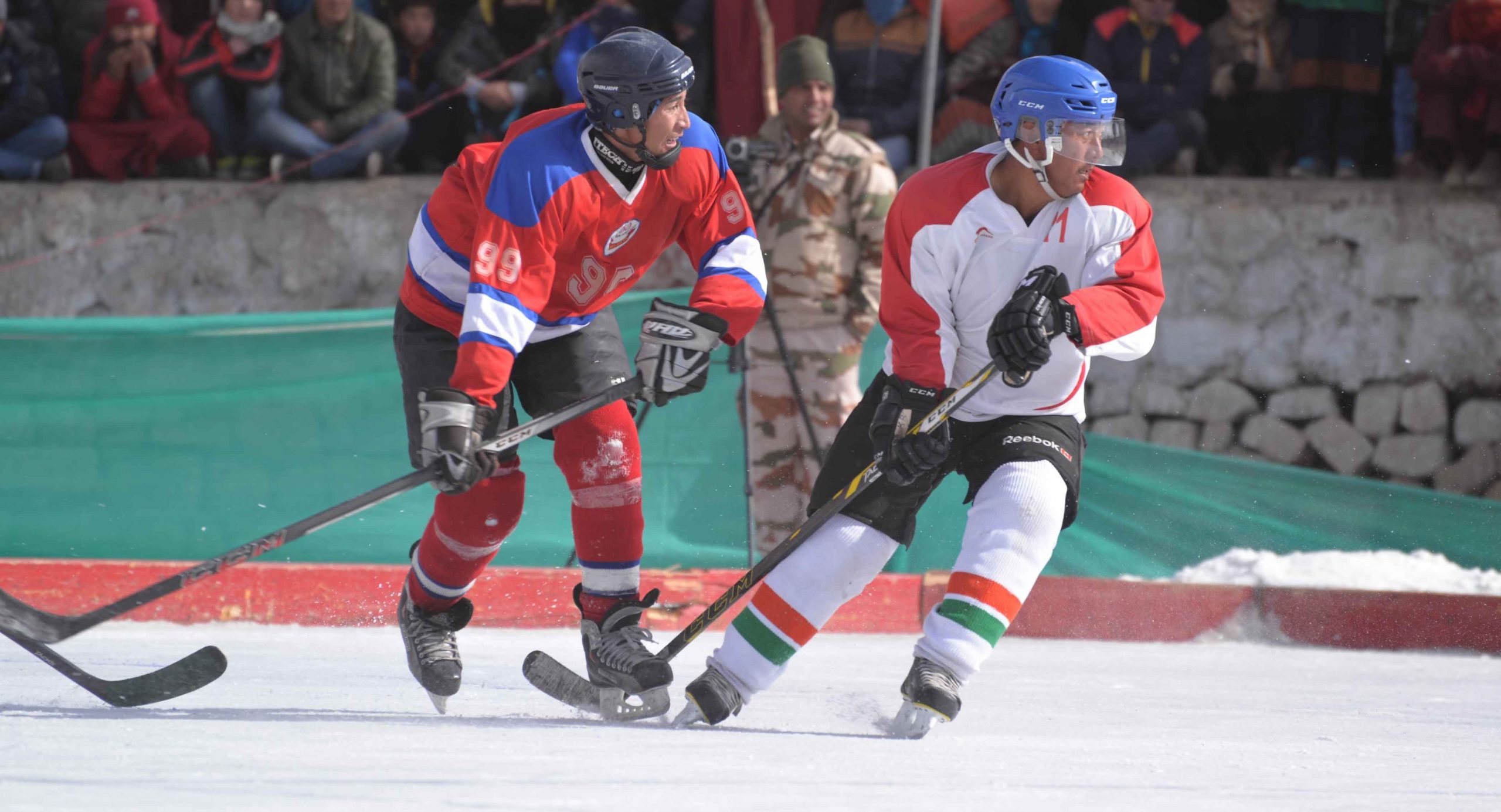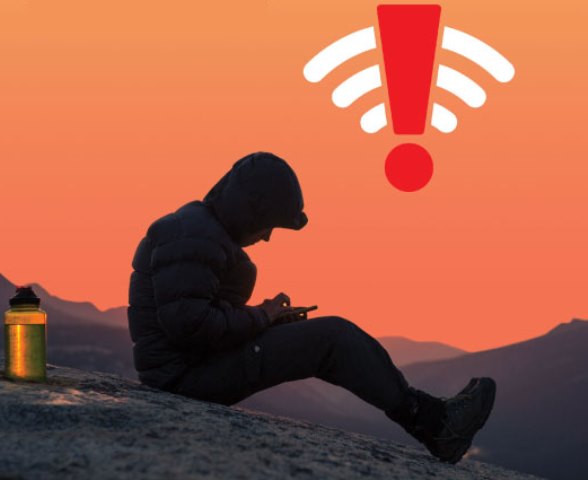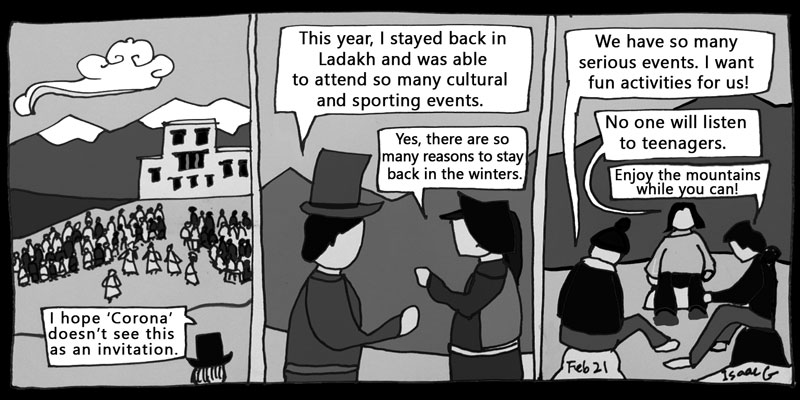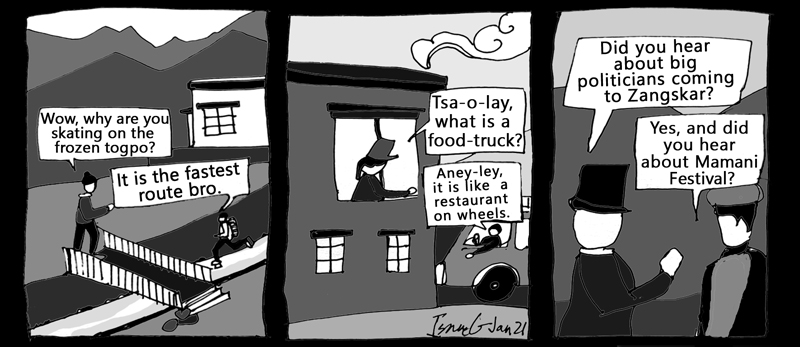We asked numerous students about their experience of learning during the COVID-19 pandemic. Their responses included “It is like a very long holiday”, “I miss school”, “It is a total waste of time”, “We were unable to learn through online classes” and “It is becoming very difficult for us.” July 2021 marks one year and five months since school and college students in Ladakh have been at home. The COVID-19 pandemic has gripped the world and students have suffered the most as they struggle to cope with ‘home-school online education’.
According to data from Directorate of School Education, UT of Ladakh there are 904 government schools in Ladakh (546 in Kargil and 358 in Leh) with 25,786 enrolled students (17,210 in Kargil and 8,576 in Leh). In addition, there are 113 private schools in Ladakh (67 in Kargil and 46 in Leh) with 29,059 enrolled students (13,041 in Kargil and 16,018 in Leh). Thus, there are 1,017 government and private schools catering to 54,845 children across Ladakh. In addition, many students are pursuing various higher education programmes in various institutions in Ladakh and outside. This means that a large number of students have been studying from home for more than a year. Some government and private schools did open briefly in 2021.
Studying online
Student life has undergone a dramatic change through the pandemic. Times have changed from ‘not using a smartphone’ till a certain age, to “religiously using one” to cope with academic work. Many students have created a self-study routine that is conducive to their learning with a parent or relative supervising their academic work. However, all students seem to be facing some challenge or the other including digital exclusion, mental health, etc.
Online learning has been exerting economic stress on many families. Each student needs a smartphone, tablet or laptop to participate in online classes. These can cost anywhere from INR 6,000 for a basic smartphone to INR 25,000 for a basic laptop. In addition, one has to pay for internet access. These expenditures are beyond the reach of many families.
Similarly, parents with government jobs are still going to work and have little time to oversee their children’s academic work. Thus, these students depend on an elder sibling or a close relative for supervision. Many students are forced to work without supervision and do self-study with occasional checks. Even parents who work from home or stay home all day face challenges in supervising their children. A parent of two children who are studying in the 4th and 5th grade in Lamdon School, Leh and Tibetan Children’s Village (TCV), Choglamsar said, “Since we are not educated, we face a lot of problem teaching and supervising their studies. Sometimes, they would miss homework or submission would be delayed as we are not able to use a smartphone. It took us a lot of time and effort to find someone to teach our children.”
In contrast, other parents have coped well, especially those who are educated. With two sons in primary school, a couple described how they divide time between their work and chores to supervise their children’s work. However, they admitted that their days have become rather hectic. All these factors have had an impact on the quality of education received by students during the pandemic. Many parents also voiced concern on how teachers are coping with online education. When asked about this, most teachers said it has been a challenge. Some mentioned that they spend a lot getting their students together for a class, especially when students struggle to log in or are unable to follow the teacher.
Schools are aware of these challenges. However, there is pressure to complete the syllabus, which forces many teachers to follow up on the work sent to the students. This in turn reflects on the quality of education and learning. A principal of a school mentioned that younger students who do not have a fixed syllabus are forgetting how to read and write. This is very concerning as this may result in a prolonged delay in reading and writing skills amongst students. Furthermore, there is variability amongst teachers in terms of engagement, preparation and follow up, especially since the digital medium is relatively new for everyone.
While college students seem to be better adapted to using technology, many report that they are not able to cope with online learning and prefer offline classes. When asked about specific challenges, these students mentioned difficulty in focusing and limited time to understand, write notes and clarify doubts. Several students reported that they have started spending time on social media and video games instead of studying.
Gulzar Hussain, a student of Delhi University said, “It will take time for students to get used to the new mode of education. This mode is very different from offline classes. Many students are not taking this seriously. I had taught a student in Kargil last year and he used to be very punctual and curious. Now after studying online for a year, he no longer seems interested in studies.”
Teachers too have reported that many students are struggling with online learning. Masooma Batool, a government teacher in Kargil, said, “Last year when the lockdown was eased and the schools were allowed to open, I observed that students were clueless about their studies. It is not possible to have one-to-one interactions online.”
This was echoed by Professor at Government Degree College, Drass, Shujat Ali who added that learning must not stop despite various challenges. He said, “Initially, everyone hoped to continue offline teaching as online classes did not seem to help. In a month or two, everyone realised that we have to adapt to online learning. The teachers and students who were initially reluctant have now started taking interest in online classes and enrolments have increased. We have to accept new modes of learning and motivate our students. Online learning has gone from being a secondary resource to the primary channel for learning. There are many benefits of online learning including improved accessibility to resources and reduction of overall costs. We can improve the quality of our education by harnessing technology appropriately.”
Some students feel that the pandemic has forced them to learn new skills. One such student, Sabika Khatoon said. “Nothing can replace school! However, online teaching has forced us to learn skills to navigate the digital world and enabled us to access educational resources online.”
Digital exclusion?
As the pandemic spread in early 2020, many parents took their children back to their villages. Unfortunately, there is limited or no internet connectivity in many rural areas in Ladakh. This meant that initially many students were unable to participate in online classes. Since then, reports have emerged of students having to walk (or have parents drive them in some cases) to a location where they can get internet connectivity.
In many cases, parents faced a bigger challenge when they had more than one child but only one smartphone in the house. In other case, there have been instances where students have internet connectivity but their teacher was living in a remote village that did not.
Prof. Shujat Ali identified these as major challenges. “In addition to internet connectivity, many families are not able to afford have the necessary gadgets. The government is the facilitator and must provide internet connectivity. Schools and colleges can help identify students who need additional support from the administration.”
This was echoed by Mehboob Ali, Coordinator, Department of Computer and Information Technology at Kargil campus of University of Ladakh. He said, “We call this the age of Information Technology. All our processes are moving online. This is advantageous for its ease and speed. However, we still do not have the required infrastructure in place. Initially, even when we had education material, we did not have a channel to deliver them. When the pandemic started, we were not prepared for online teaching. We have to strengthen our infrastructure and increase IT literacy. Recently, UGC asked all universities to complete 40% of the syllabus online. We cannot tell them this was not done because students did not have internet access.”
One of the upsides of students returning to their villages is that children are spending time outdoors and participating in agricultural practices to learn new skills. Similarly, the time spent with family members has been important too.
Support systems?
Many teachers and parents are tapping online portals for support. The Directorate of School Education, UT of Ladakh has listed links to virtual classes that students can attend. It has also developed a mobile app called DSEL Online Education. We were unfortunately not able to test this app. Similarly, the Ministry of Education, Government of India has also started various initiatives to support students. Digital Infrastructure for Knowledge Sharing (DIKSHA) is a national platform for classes from 1st to 12th. It has a number of curricula linked to QR-coded Energized Textbooks (ETBs) that can be accessed through a mobile app. Others like 2020 VidyaDaan leverage the content on DIKSHA and allow people to contribute e-learning resources.
In addition, various TV channels have been broadcasting classes for those without internet access. Such programmes are also broadcast on radio, community radio, and podcasts, including initiatives. Some DTH operators have been broadcasting channels dedicated to differently-abled students including programmes using sign language. While most people have appreciated these efforts, others complain about not being able to use them offline, various technical glitches etc.
District Institute for Education Training (DIET), Kargil has launched a YouTube channel, which includes lectures but seems to have attracted a limited viewership. Another popular YouTube channel that was started on 19 March, 2020 by Lecturer’s Forum, Kargil has 3.45k subscribers. In addition, there are some social media channels where children are receiving private lessons. Many are resorting to YouTube videos to understand concepts that are covered in a cursory manner in online classes. For example, Spaldon, a 4th Class student said that she has been struggling with Mathematics and Bodyig as the teacher is often unable to explain all the relevant concepts in their short videos. Many parents are also using paid educational applications.
While online classes are held of video conferencing platforms, the Department of Education has also been using the television and radio. However, some parents found the latter to be unhelpful as they are barely for an hour a day, lack continuity, and have no clear schedule. One parent explained, “In the first month, they used to announce the subject and class for the following day on Ladakhi news, which was good as students did not have to be glued to the television. However, then it became confusing and there was no clarity on which lessons are going to be broadcast or for what class, with no way of accessing that information.” Some parents claim that most TV lessons have been uploaded on YouTube but not all. Others complained that teachers in the televised classes just write and solve problems without explaining the process. Furthermore, the medium of instruction has also been an issue. A parent explained that children have been requesting their teachers to teach Hindi in Ladakhi. Similarly, electricity is another issue as power supply is often unreliable with day-long power-cuts at times.
Health impacts
In addition to other issues, students and teachers are also struggling to cope with health impacts due to these changes. Many students complain that their eyes burn from constantly staring at a screen. In addition, more attention needs to be given to the psychological well-being of students, teachers and parents. There are many short videos about well-being on the DIKSHA application and there are local programmes on radio and television on mental health. However, we were not able to find any other efforts to address various health issues arising from online education and the uncertainty of the pandemic.
While students are becoming digitally aware, the absence of offline class has a serious impact on the mental health of students. This includes lack of resources, learning capabilities, and a sudden shift from rote learning to on-ground experiential learning at home. Perhaps a survey among various stakeholders will help identify various problems faced by them.
Struggle for survival
While government schools have the support of the administration, many private schools are struggling to survive. This is a serious issue as 53% of students in Ladakh are currently enrolled in a private school. A Principal of a private school spoke on the condition of anonymity, “During the lockdown in 2020, schools were shut from March to September. In this period, most schools collected fees and paid staff wages. However, some parents were unable to pay the fees and this caused problems to the school. I have also heard of some small private schools that collected fees in 2020 but did not pay their staff wages.” We cross-checked this with some other institutions and they mentioned that most operate on a no-profit no-loss basis. “So, when some parents are unable to pay the fees, we have been forced to delay the payment of wages of some staff members,” they explained.
Interventions
Many villages have taken proactive measures to organise community classes for their children. Some student associations in villages like Igoo maintain a library where students can study. In June, the Hon’ble Lieutenant-Governor of Ladakh, R. K. Mathur announced INR 25 lakhs (INR 2.5 million) from the LG Fund to support Gram Panchayats to hold community classes. In addition, district administrations have permitted villages to hold community classes while following COVID-19 SOPs.
Parveen, a volunteer at a community class, said that the only development she has seen in the last year is the installation of a mobile tower by a private company. “Nobody was prepared last year. This year everyone is coming up with solutions to tackle problems such as technology, connectivity, need for supervision etc. In my experience, the students are very eager to learn and parents are often unable to provide them with guidance. The community classes have helped address some of the challenge students are facing but there is urgent need to upgrade educational and healthcare facilities in Ladakh’s villages.” Others too welcomed this step as it would help community members become more aware of the problems faced by their children and the administration and work together to find solutions and help in the overall development of the education system.
Murtaza Khalili, an early advocate of community classes and a Principal at a private school, appreciated this initiative by the government. He said, “Community classes are far better than online classes. However, there is one issue with these classes. They give priority to students of the village or the locality where the classes are being held. This excludes non-Ladakhi settlers and those living in a rented accommodation, the administration needs to look into this issue.” He added that community classes are working more smoothly in rural areas as compared to urban areas.
In an interesting development on 4 June, 2021, the UT administration launched the YounTab Scheme, which has been developed by the Department of Education with technical support from Information Technology Department. Under this scheme, they plan to distribute 12,300 tablets with pre-loaded online and offline content including textbooks, video lectures, and online class applications to government school students from Class 6 to 12.
The tablets were to be distributed in government schools across Ladakh in June and July, 2021. However, sources in the Education Department report that the tablets have not been distributed yet as there were some initial memory issues on the devices while uploading offline content. These tablets are expected to be ready by the end of July after which computer teachers from the Education Department will train one to two teachers from each government school zone. These teachers in turn will train other teachers in their zone on the use of e-resources installed on the tablets. We were not able to confirm this officially. In addition, DIET in Leh and Kargil have been conducting training workshops for teachers on digital learning but details remain sketchy.
By Dr. Rigzin Chodon and Leila Bee
Dr. Rigzin Chodon is an independent researcher.
Leila Bee is a freelance journalist based in Ladakh. She holds a master’s degree in English Literature.





